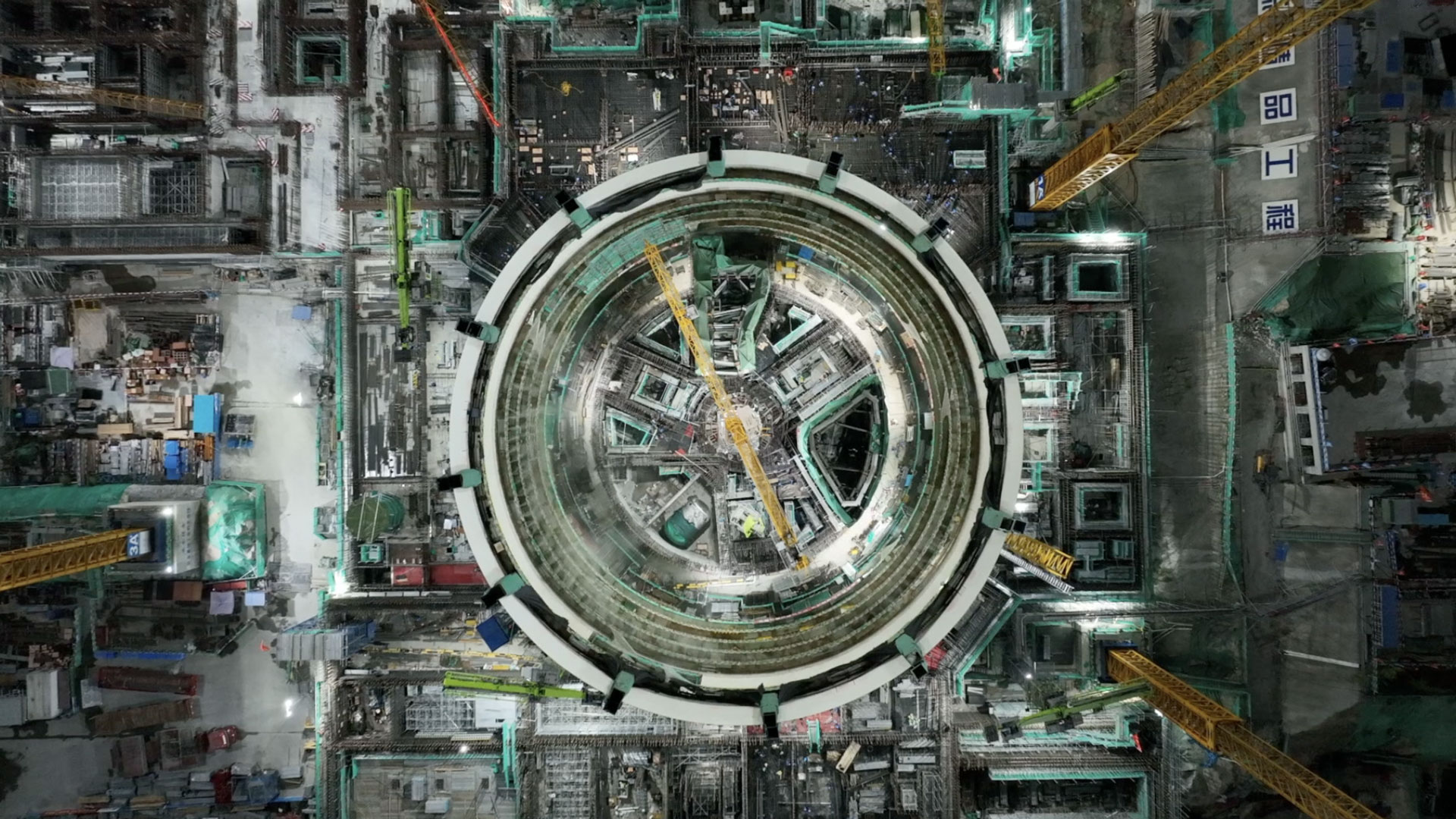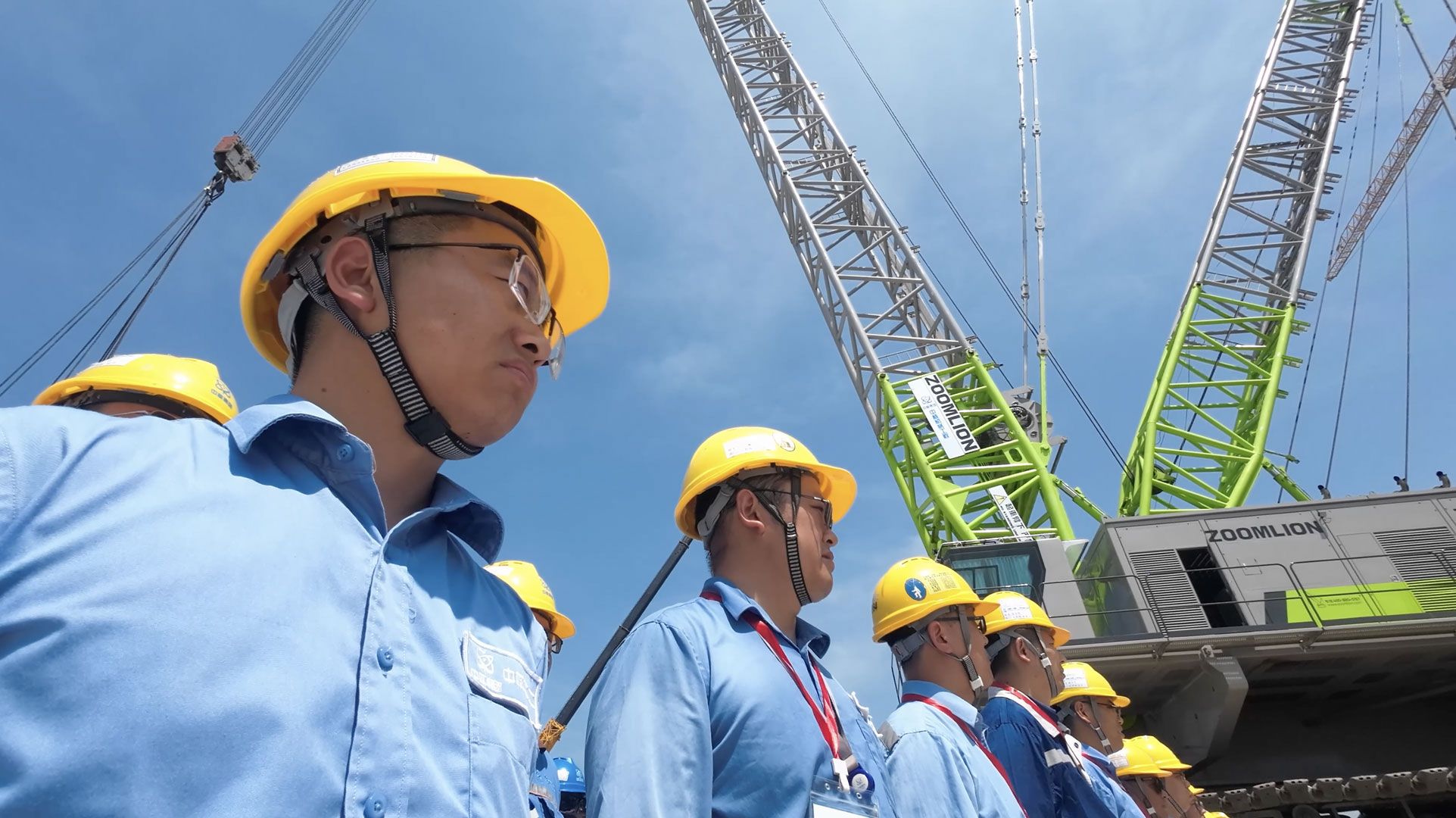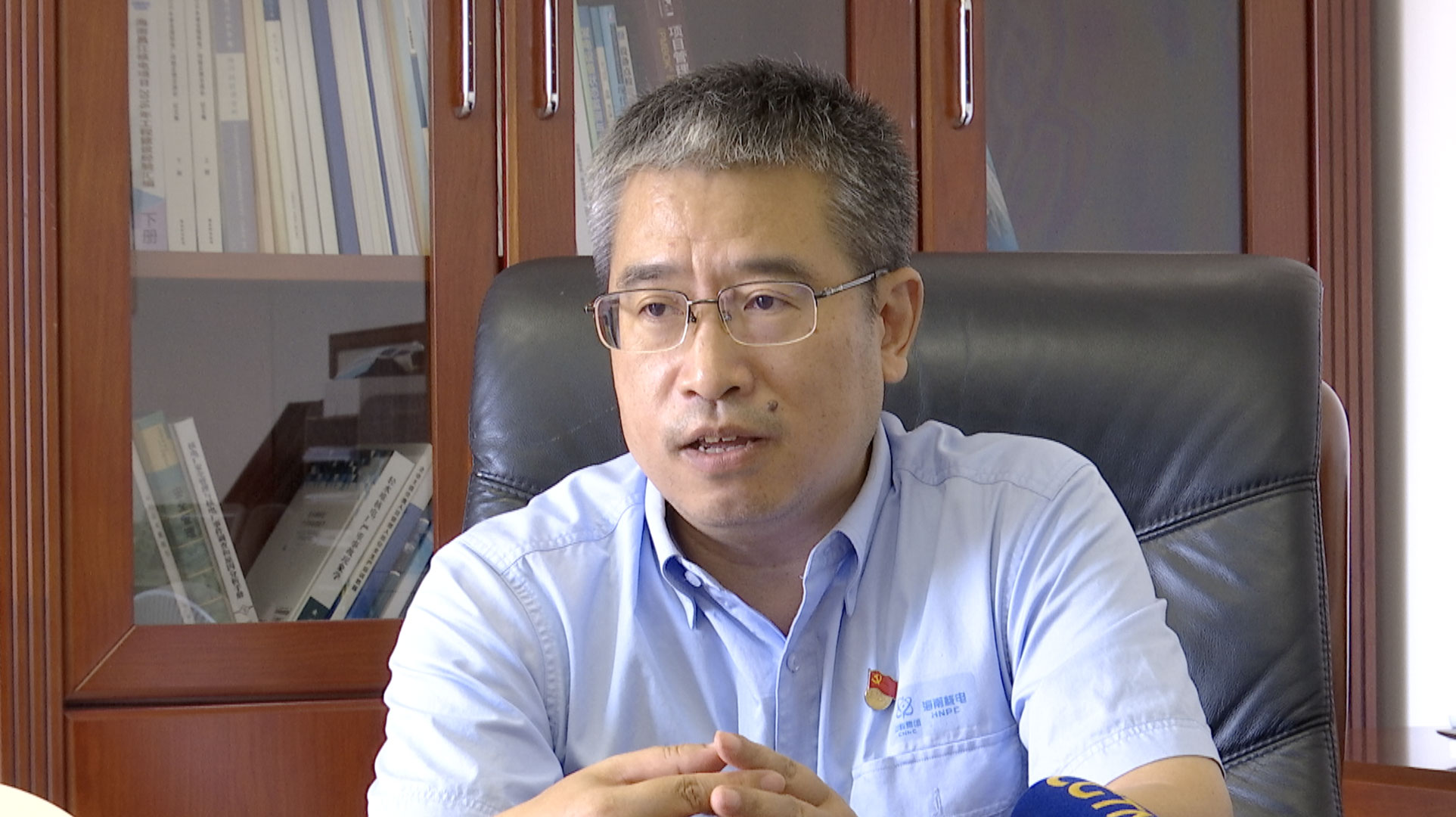A crappy jpeg template with several variations.Since it seems like you are well versed in this. Can you explain what a NFT actually is?
You are using an out of date browser. It may not display this or other websites correctly.
You should upgrade or use an alternative browser.
You should upgrade or use an alternative browser.
News on China's scientific and technological development.
- Thread starter Quickie
- Start date
Some people just can’t see past some headlines, or the first layer of application to see the real value of something. You can’t fathom why so many legitamite companies, and even the Chinese government itself, are racing to develop NFTs, and there is almost no chance you would listen to the actual reasons without going back to some nonsense about people getting scammed for jpegs.
Your driving license, passport, ID card, gym membership, tickets, vouchers, credits, bills, memberships, certificates, licenses, and tokens will ALL be NFTs which can ineteract with smart contracts financially and digitally.
Even jpegs of monkeys could be minted as NFTs and sold to idiots, but it’s not a sustainable use case imo, because eventually the idiots catch on and governments start to ban things.
All of these use cases can be done using existing internet technologies and it would cost less to implement. In fact, many of these use cases, like VISA's electronic payment networks, have been commonplace for decades.
@Loveleenkr change your reaction to a thumbs up or I will lose all respect for you.
Last edited:
It’s a way to refer to something digitally, so it can take part in the digital economy.Since it seems like you are well versed in this. Can you explain what a NFT actually is?
For example, possibly as part in Chinas carbon trading scheme, a rural villager plants a tree, and if that tree is given a digital identity, a unique reference number if you will (the NFT), then as the tree grows and stores carbon the villager can earn carbon credits.
Agreement is made on the format of the unique identifier for trees in China and a database set up (I.e. a blockchain) and each entry is a reference to a real tree (I.e. an NFT), so anyone that plants a tree in China as part of the program can start earning carbon credits.
As any villager, you would have your digital wallet which alongside your e-CNY stores all your NFTs.
Every week the estimate of the carbon growth in trees is made by the regulator and an equivalent amount of carbon credits is created and distributed to all the tree (NFT) owners.
The owner can then, via the national carbon trading platform, sell or license these carbon credits, or in fact the trees themselves, providing a valuable income stream and incentivizing tree growth.
This is an example of how a real world object can be registered as an NFT and interact with the digital economy.
For digital objects it’s the same process, a format for driving licenses are agreed and if you pass your test you are issued a digital driving license (NFT, stored in Wallet). Now you can use it to really prove your ID details to people, businesses or services.
For example you could share your address from this driving license NFT with the logistics company for your e-commerce deliveries but withhold your other details, or you can prove your date of birth and withhold your photo and address. You can share only what’s needed, protecting your privacy.
NFTs can represent assets, like trees, and those assets have value and income potential, so they are financial instruments. Hong Kong’s plans to become a leader in digital asset trading and allocation and Chinas plans to digitize it’s economy rely on this.
Last edited:
Well fIrst VISA and their ilk kind of is the problem, so this solution is not good for society I’m afraid, as we are seeing with privacy and sanctions today.All of these use cases can be done using existing internet technologies and it would cost less to implement. In fact, many of these use cases, like VISA's electronic payment networks, have been commonplace for decades.
@Loveleenkr change your reaction to a thumbs up or I will lose all respect for you.
Second, your solution requires governments to be competent at IT.
Bro you could do all this without a blockchain too.It’s a way to refer to something digitally, so it can take part in the digital economy.
For example, possibly as part in Chinas carbon trading scheme, a rural villager plants a tree, and if that tree is given a digital identity, a unique reference number if you will (the NFT), then as the tree grows and stores carbon the villager can earn carbon credits.
Agreement is made on the format of the unique identifier for trees in China and a database set up (I.e. a blockchain) and each entry is a reference to a real tree (I.e. an NFT), so anyone that plants a tree in China as part of the program can start earning carbon credits.
As any villager, you would have your digital wallet which alongside your e-CNY stores all your NFTs.
Every week the estimate of the carbon growth in trees is made by the regulator and an equivalent amount of carbon credits is created and distributed to all the tree (NFT) owners.
The owner can then, via the national carbon trading platform, sell or license these carbon credits, or in fact the trees themselves, providing a valuable income stream and incentivizing tree growth.
This is an example of how a real world object can be registered as an NFT and interact with the digital economy.
For digital objects it’s the same process, a format for driving licenses are agreed and if you pass your test you are issued a digital driving license (NFT, stored in Wallet). Now you can use it to really prove your ID details to people, businesses or services.
For example you could share your address from this driving license NFT with the logistics company for your e-commerce deliveries but withhold your other details, or you can prove your date of birth and withhold your photo and address. You can share only what’s needed, protecting your privacy.
NFTs can represent assets, like trees, and those assets have value and income potential, so they are financial instruments. Hong Kong’s plans to become a leader in digital asset trading and allocation and Chinas plans to digitize it’s economy rely on this.
China begins mass production of its Hualong-1 nuclear power units

China's self-developed third-generation nuclear power unit Hualong-1 has entered the quantity production phase after the unit's first commercial operation in January last year.
Two new Hualong-1 units are under construction at the Changjiang Nuclear Power Plant in China's southern island province of Hainan where some 30 percent of energy is created by nuclear power.

A night view a Hualong-1 construction site at Changjiang Nuclear Power Plant. /Photo provided by Hainan Nuclear Power
More than 9,000 workers and 1,000 management staff are working at the construction site, according to the constructors.
"We hope the new units at the Changjiang power plant can get connected to the grid as soon as possible," said Zhang Daqian, a senior engineer at the China Nuclear Industry 22nd Construction Company.

Constructors at Changjiang Nuclear Power Plant. /CGTN
The construction project in Changjiang is proceeding smoothly, using the experience gained at the Hualong-1 demonstration project, and the big dome for one of the two power units will be installed next year, as per the schedule.
The third generation of Hualong-1 technology adopts multiple new safety measures to prevent accidents. And for the new units, Chinese engineers have already adopted 86 optimization schemes to improve demonstration projects.
"For example, we will use thermal plasma technology to incinerate waste, like protective equipment. The volume of the waste can be shrunk by a factor of over 50," said Chen Jianxin, the chief engineer at Hainan Nuclear Power.
"If there are 200 tonnes of such waste, we could save more than ten million yuan," he said.

Chen Jianxin, chief engineer at Hainan Nuclear Power, talks with CGTN.
The chief engineer says the power unit will focus more on passive safety measures and make them simpler to use.
Project managers say the safe and comprehensive use of green energy sources, like nuclear, wind and solar power, will help achieve carbon neutrality goals and better protect the environment.
Yes, of course. Its just a technology advancement, it’s got advantages, hence why it’s being widely adopted and is attracting huge investments. All apps sharing a single backend database and standardisation of formats is just more efficient.Bro you could do all this without a blockchain too.
Blockchain gives you consensus and trust, which is the key thing critics miss.
I thought so tooI hope people who write Chinese news articles for English speaking readers improve their writing skills in the future. It's very hard to take articles seriously when they are poorly written which is kinda counterproductive for PR.
Nope, you refering to proof of work, but its only as trustworthy as 51% of your nodes. If CIA or NSA took control of more than 50% of all nodes running blockchain at any point in time they can hijack and take over the entire thing and corrupt everything even without having to break the underlining encryption ciphers and protocols that Bitcoin and blockchain uses, and even if the protocol itself was secure and NSA never held 50% control of all server nodes there is still the attack vector of the client implementation code itself....Yes, of course. Its just a technology advancement, it’s got advantages, hence why it’s being widely adopted and is attracting huge investments. All apps sharing a single backend database and standardisation of formats is just more efficient.
Blockchain gives you consensus and trust, which is the key thing critics miss.
Ive been following bitcoin since day 0. Back when it was a single cent/penny per bitcoin and when you could just visit the bitcoin site and a miner was already running on the webpage inside your web browser and you could mine a full coin every couple of hours... those days a cpu could do the mining, before you had to start using gpu and then custom ASIC hardware miners and then had to join mining pools because there was no way any one person was ever going to mine a coin by themselves anymore
China knows whats up, it banned bitcoin for a reason that it chooses not to disclose
Again, you are talking nonsense, I am not talking proof of work, there are many consensus mechanism which any fool who has been studying it since day 0 would know.Nope, you refering to proof of work, but its only as trustworthy as 51% of your nodes. If CIA or NSA took control of more than 50% of all nodes running blockchain at any point in time they can hijack and take over the entire thing and corrupt everything even without having to break the underlining encryption ciphers and protocols that Bitcoin and blockchain uses, and even if the protocol itself was secure and NSA never held 50% control of all server nodes there is still the attack vector of the client implementation code itself....
Ive been following bitcoin since day 0. Back when it was a single cent/penny per bitcoin and when you could just visit the bitcoin site and a miner was already running on the webpage inside your web browser and you could mine a full coin every couple of hours... those days a cpu could do the mining, before you had to start using gpu and then custom ASIC hardware miners and then had to join mining pools because there was no way any one person was ever going to mine a coin by themselves anymore
China knows whats up, it banned bitcoin for a reason that it chooses not to disclose
Please sit this out and stop derailing legitimate interactions with your bullshit.
